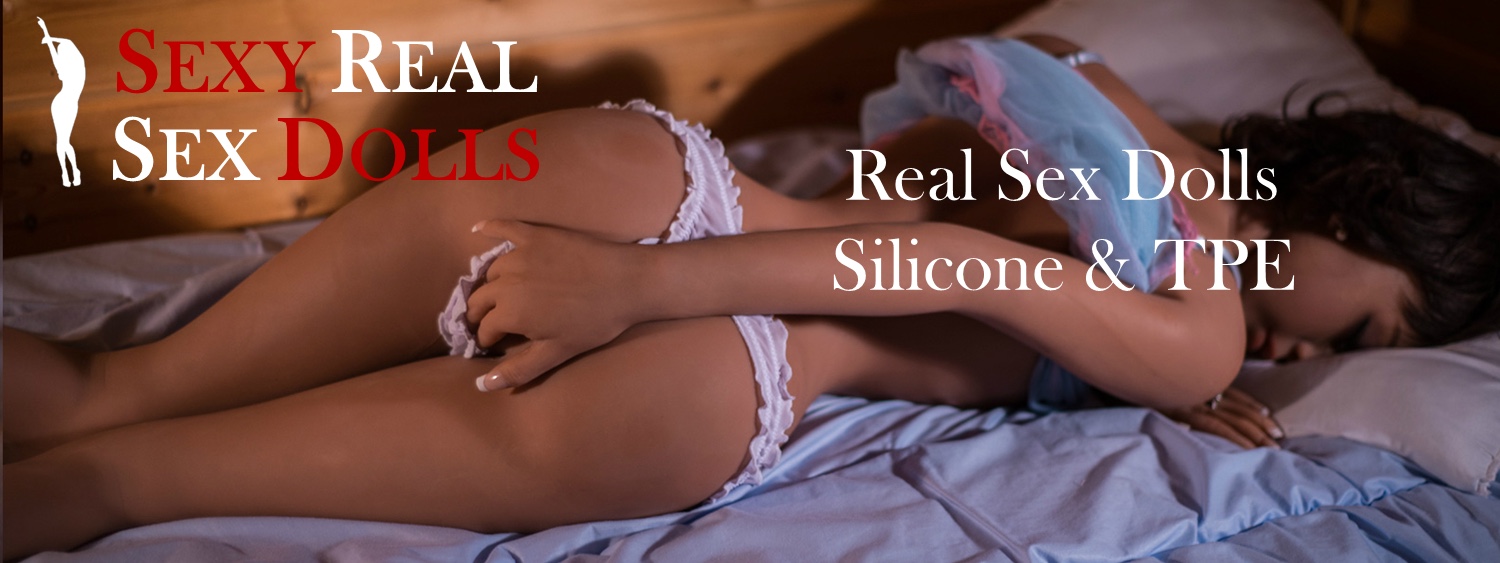Dominatrix fashion has long been a defining element of BDSM culture, symbolizing power, control, and seduction. This style of clothing is not just about aesthetics; it also plays a crucial role in the dynamics of dominance and submission. The purpose of this article is to delve into the historical background and evolution of dominatrix clothing, tracing its roots from early influences to modern-day trends. By understanding the history of dominatrix fashion, we can better appreciate its significance and the various elements that have shaped its development over time.
Take a look at our other dominatrix articles along with our fetish clothing reviews and check out this awesome range of dominatrix clothing at exclusive prices by clicking here.
A History of Dominatrix Fashion

Early Influences and Origins
Pre-20th Century Influences
The origins of dominatrix fashion can be traced back to historical examples of dominant female figures and their attire. In ancient civilizations, powerful women such as Cleopatra and various warrior queens often dressed in ways that highlighted their authority and strength. These early forms of powerful feminine attire laid the groundwork for later fetishistic fashion.
Literature and art from the 18th and 19th centuries also played a significant role in shaping the early concepts of dominatrix fashion. Gothic novels and decadent art often depicted women in commanding roles, dressed in elaborate, often fetishistic clothing. These depictions helped to establish an early aesthetic for what would become dominatrix attire, emphasizing elements such as tight corsets, high boots, and intricate laces.
The Birth of Modern Dominatrix Fashion
The late 19th and early 20th centuries saw the emergence of BDSM culture and the birth of modern dominatrix fashion. This period marked a significant shift as fetish wear began to take shape. The development of BDSM communities provided a space for the exploration and expression of these styles. Early dominatrix icons, such as the dominatrices depicted in the works of Leopold von Sacher-Masoch, influenced the look and feel of dominatrix attire.
During this time, key elements such as leather corsets, thigh-high boots, and riding crops became synonymous with the dominatrix image. These items were not only practical for BDSM activities but also served as powerful symbols of dominance and control. The integration of these elements into mainstream fetish wear set the stage for the continued evolution and refinement of dominatrix fashion throughout the 20th century and beyond.
This historical context highlights the deep roots and cultural significance of dominatrix fashion, showing how it has been shaped by various influences over the centuries.
The 1920s to 1950s: Foundation of Dominatrix Fashion
1920s and 1930s
The 1920s and 1930s saw the rise of fetish magazines and an underground culture that began to popularize dominatrix fashion. Publications such as “London Life” provided a platform for exploring fetish themes, including the visual aesthetics of dominatrix attire. During this period, corsets, stockings, and high heels became prominent features in fetish fashion, symbolizing both allure and control. These elements not only accentuated the female form but also conveyed a sense of power and dominance. The underground nature of this culture allowed for experimentation and the development of a distinct style that would later influence mainstream fashion.
1940s and 1950s
The 1940s and 1950s were heavily influenced by World War II, which impacted fashion and material availability. Leather and latex began to emerge as key materials in dominatrix attire during this era. Leather, with its robust and authoritative feel, and latex, with its glossy and tight-fitting properties, both started to symbolize the power dynamics central to dominatrix fashion. The post-war period also saw the growth of fetish wear, with leather corsets, skirts, and high-heeled boots becoming iconic pieces. These materials and styles laid the foundation for modern dominatrix fashion, establishing a visual language that emphasized dominance and control.
The 1960s to 1980s: Mainstream Recognition and Evolution
1960s and 1970s
The sexual revolution and counterculture movements of the 1960s and 1970s brought dominatrix fashion into the mainstream. This period was marked by a dramatic shift in societal attitudes towards sexuality and self-expression. Dominatrix fashion began appearing in popular media and film, often portrayed as a symbol of female empowerment and sexual liberation. Influential figures such as Bettie Page helped popularize this aesthetic, with her pin-up photos featuring bondage and fetish themes. Designers like John Sutcliffe, who created the iconic “Atomage” clothing line, played a significant role in bringing BDSM fashion to a broader audience. These decades were pivotal in the evolution of dominatrix fashion, integrating it more deeply into the cultural zeitgeist.
1980s
The 1980s saw the influence of punk and goth movements on dominatrix fashion, further integrating these elements into high fashion. Punk’s rebellious spirit and goth’s dark romanticism blended seamlessly with the aesthetics of dominatrix attire. Leather jackets, studded accessories, and dramatic makeup became hallmarks of the era, reflecting a fusion of subculture and fetish fashion. Prominent fashion shows and media representations, such as Vivienne Westwood’s and Malcolm McLaren’s provocative designs, brought BDSM themes to the catwalk. Movies like “9½ Weeks” also played a role in mainstreaming fetish wear, showcasing the allure and mystique of dominatrix fashion. This period solidified the presence of dominatrix elements in both alternative and high fashion, influencing future trends and designs.
The 1990s to Present: Modern Dominatrix Fashion
1990s
The 1990s marked a significant period for the mainstream visibility of dominatrix fashion. Music videos and films began to feature dominatrix-inspired outfits, bringing the style to a broader audience. Iconic music videos from artists like Madonna and Janet Jackson showcased leather corsets, thigh-high boots, and latex outfits, influencing fashion trends and normalizing elements of BDSM attire in popular culture.
This decade also saw the rise of fetish fashion designers and boutiques, catering to the growing interest in BDSM culture. Designers like The House of Harlot and Atsuko Kudo started to gain recognition for their work with latex and leather, creating high-fashion pieces that combined elegance with eroticism. The internet played a crucial role in spreading BDSM culture, making it easier for enthusiasts to connect, share ideas, and access specialized clothing and accessories. Online forums and websites provided a platform for the community to flourish, further integrating dominatrix fashion into mainstream and subcultural aesthetics.
2000s to Present
From the 2000s to the present, dominatrix fashion has continued to evolve and diversify. The influence of social media and online communities has significantly impacted trends, allowing for a rapid exchange of ideas and styles. Platforms like Instagram, Tumblr, and Pinterest have become hotspots for sharing dominatrix fashion, inspiring new interpretations and combinations of traditional elements.
The current era has seen a blend of classic dominatrix pieces with modern fashion sensibilities. High-profile figures such as Lady Gaga and Rihanna have embraced dominatrix-inspired outfits, wearing them in music videos, concerts, and public appearances. These contemporary icons have helped to further normalize and celebrate dominatrix fashion, making it more accessible and accepted in mainstream culture.
Modern dominatrix fashion is characterized by its bold experimentation with materials, designs, and themes. Designers continue to push the boundaries, incorporating innovative fabrics like silicone and exploring new techniques in garment construction. The fashion now reflects a wide range of influences, from cyberpunk to high fashion, demonstrating its versatility and enduring appeal.
Key Elements and Iconic Pieces in Dominatrix Fashion
Iconic Pieces
Several iconic pieces define dominatrix fashion, each with its historical significance and evolution over time. Corsets are perhaps the most enduring symbol, originally used to shape the body into a desired silhouette and now serving as a powerful statement of control and aesthetic. Leather has always been a staple, prized for its durability and tactile appeal. Leather jackets, pants, and harnesses continue to be popular, reflecting both tradition and contemporary style.
Latex, with its sleek, form-fitting appearance, has become synonymous with fetish fashion. High heels, particularly thigh-high boots, add an element of dominance and allure, enhancing the wearer’s stature and presence. These pieces have evolved in design and material, yet their core symbolism remains intact, representing strength, control, and seduction.
Symbolism and Meaning
Dominatrix fashion plays a crucial role in expressing power and control, both within BDSM contexts and in broader cultural interpretations. The attire is designed to project authority, confidence, and an unyielding presence. Corsets and high heels, for example, are not just about aesthetics; they also physically reinforce the dominatrix’s dominant role by enhancing posture and movement.
The cultural and psychological implications of dominatrix attire are profound. These outfits challenge traditional gender norms and societal expectations, offering a space for individuals to explore power dynamics and personal identity. The clothing serves as a visual and psychological tool, helping both the wearer and the observer engage with themes of dominance, submission, and empowerment. Through its evolution, dominatrix fashion has maintained its significance as a potent symbol of power and transformation.
Influential Designers and Figures
Pioneering Designers
Key designers have played a significant role in shaping dominatrix fashion, bringing innovation and artistry to fetish wear. Vivienne Westwood, renowned for her punk-inspired designs, introduced elements of BDSM fashion into mainstream couture in the 1970s and 1980s. Her bold use of leather, rubber, and provocative silhouettes challenged traditional fashion norms and brought fetish aesthetics to the forefront.
Atsuko Kudo, a leading designer in latex fashion, has significantly influenced the dominatrix look with her exquisite craftsmanship and attention to detail. Kudo’s designs have been worn by celebrities like Lady Gaga and Beyoncé, further cementing latex as a glamorous and powerful material in contemporary fashion. These pioneering designers have expanded the boundaries of dominatrix attire, blending high fashion with fetish elements to create iconic, influential pieces.
Iconic Figures
Prominent dominatrix figures in history and media have also played a crucial role in popularizing and evolving dominatrix fashion. Bettie Page, a 1950s pin-up model, is often credited with bringing fetish wear into the public eye. Her iconic images in leather corsets, thigh-high boots, and bondage gear helped establish the visual language of dominatrix fashion.
In modern media, characters like Catwoman, portrayed by actresses such as Julie Newmar and Michelle Pfeiffer, have further popularized the dominatrix aesthetic. These figures, with their sleek, form-fitting outfits and commanding presence, have made dominatrix fashion an enduring symbol of power and seduction. Through their influence, these iconic figures have helped shape the perception and evolution of dominatrix attire, making it a recognized and respected style in both subcultural and mainstream contexts.
Conclusion
The historical evolution of dominatrix fashion reflects a rich tapestry of cultural influences, pioneering designers, and iconic figures. From its early roots in literature and art to its current status in mainstream media, dominatrix fashion has continually evolved, blending tradition with innovation. This unique fashion genre remains significant in contemporary culture, symbolizing power, control, and individuality. As dominatrix fashion continues to grow and adapt, it invites enthusiasts and newcomers alike to explore its rich history and modern developments, appreciating its impact and enduring appeal.

